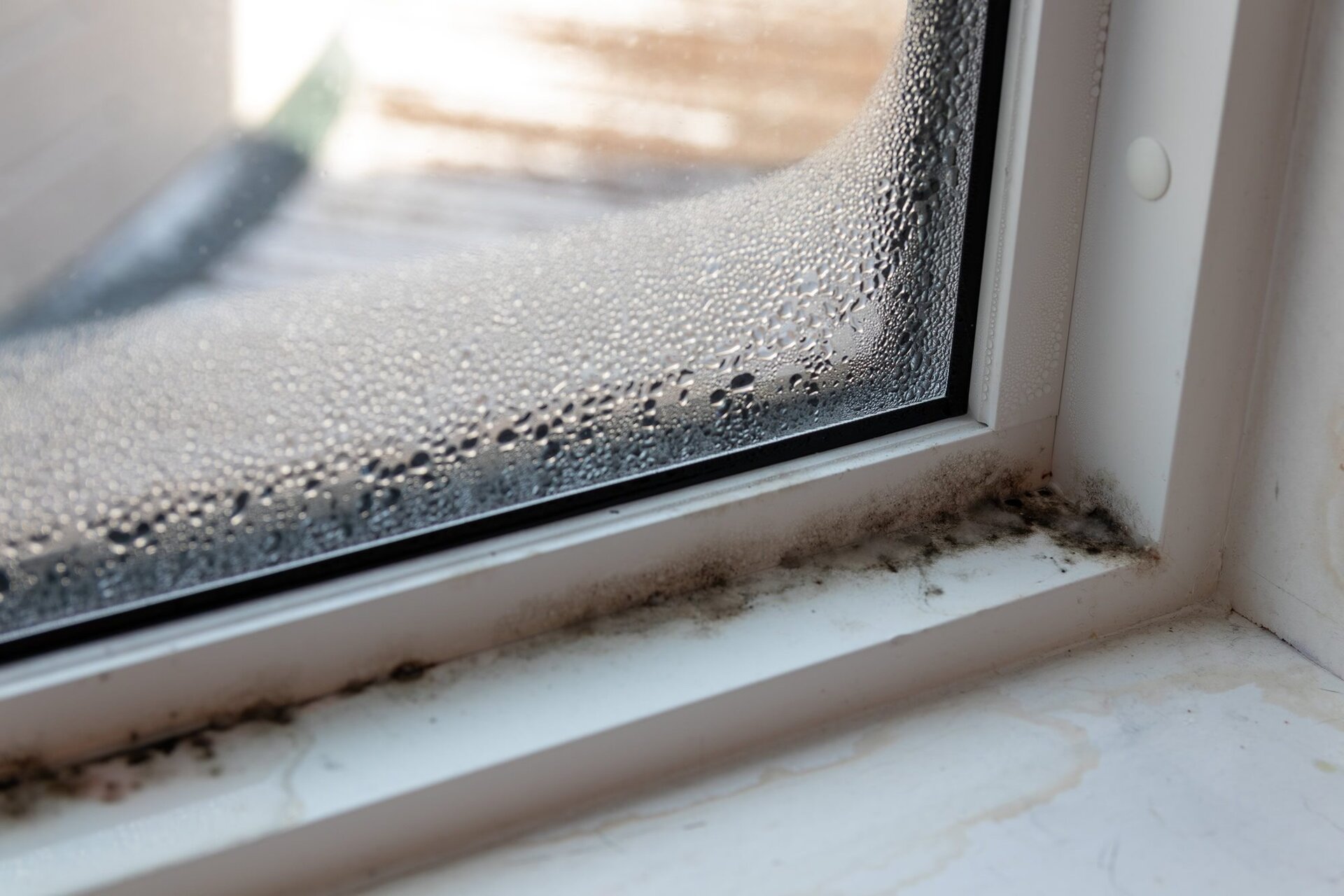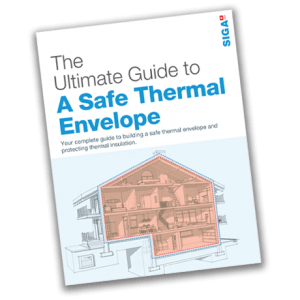Do you want to learn more about Thermal Insulation?
Download the Ultimate Guide to a building safe thermal envelope and protecting thermal insulation now!
DOWNLOAD GUIDEWrong ventilation and heating by the occupants as well as leakages in the building envelope are the reasons why mould develops. Learn how to avoid this!

Mould does not only damage the building construction and surfaces, but may cause serious health consequences for the occupants. Mould spores in indoor air are particularly dangerous for people with allergies and respiratory diseases. Children and older people are particularly sensitive to such influences.

Download the Ultimate Guide to a building safe thermal envelope and protecting thermal insulation now!
DOWNLOAD GUIDETo save energy new buildings and renovated houses are tighter than a few decades ago. As a result, the building is no longer “automatically ventilated”, as it was in the past.
Moreover, today we produce more water vapour, by taking showers, washing or cooking. That means that you must ventilate more actively.
Correct ventilation means:
Otherwise your heating costs are going to explode.
Note: If possible, get a controlled ventilation system. It always provides the perfect air change.
Ventilation via controlled routes is essential. Here, the amount of ventilation is controlled. For example, make sure that you close the ventilation channels on really cold or hot days. The big advantage of ventilation via controlled channels is the fact that the channels can be cleaned in case of mould growth. This would not be possible if this has happened accidentally within the construction.
The costs of removing mould damage can quickly reach a five figure amount. Avoid this by
Did you know that airtightness is vital for delivering NZEB (Nearly Zero Energy Building) – the new standard applicable throughout Europe from 2021? Learn how you can costs by building airtight!
HR Marketing and Employer Branding Manager on a mission to position SIGA as a great employer. Outside of work, she enjoys immersing herself in the world of books, passionately practices yoga, and is a proud mum.
Added to my cart